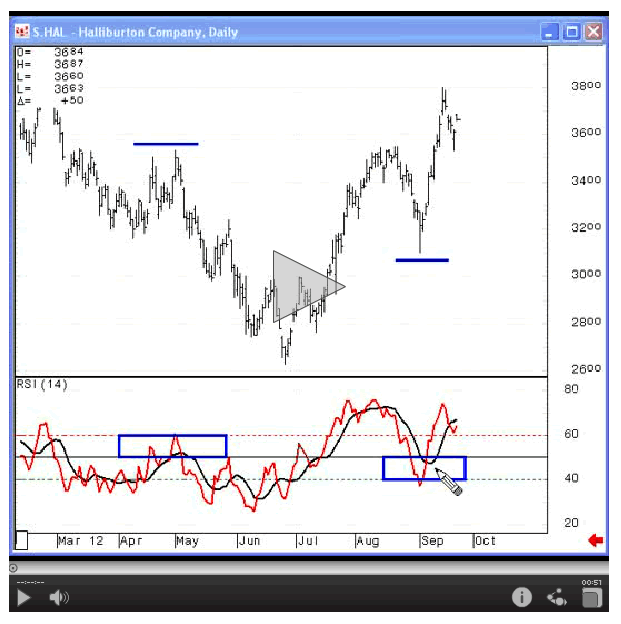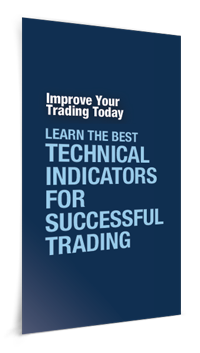How to Trade Using the RSI Relative Strength Index - Video
InvestorEducation / Learn to Trade Apr 25, 2013 - 01:19 PM GMTBy: EWI
"There are many different forms of technical analysis. A completed Elliott wave pattern supported by additional evidence allows for more confident forecasts and higher probability trades." -Jeffrey Kennedy
Trader and technical analyst Jeffrey Kennedy has more than 25 years of experience using with the Elliott Wave Principle. To support his Elliott wave analysis, Jeffrey says that his 3 favorite technical tools are Relative Strength Index (RSI), MACD, and Japanese candlesticks.
This 3-part series includes Jeffrey's practical lessons and proven techniques to support his wave counts (read Part 1 here >>). Today's video clip shows you how RSI and range rules can help identify trading opportunities: Part 3 will cover MACD.
Jeffrey's second lesson, excerpted from his Elliott Wave Junctures educational service, gives an overview of RSI followed by a video example.
Buying pullbacks in uptrends and selling bounces in downtrends are great ways to trade trending markets.
Developed by J. Welles Wilder, Jr. and presented in his 1978 book, "New Concepts in Technical Trading Systems," RSI measures the strength of a trading vehicle by monitoring changes in closing prices and is considered a leading or coincident indicator. Andrew Cardwell popularized RSI as a trading tool by introducing the concept of range rules.
The theory behind range rules is that countertrend price action in trending markets has specific momentum signatures. RSI, for example will find support within roughly the 50-40 region when pullbacks in uptrends occur. Conversely, when bounces develop in downtrends, RSI will meet resistance in the 50-60 area.
Taking the path of least resistance is a benefit of trading in the direction of the trend. Moreover, the use of RSI and application of Andrew Cardwell's range rules help identify when a trader can rejoin the trend.
Learn the Best Technical Indicators for Successful Trading This free report from Elliott Wave International will teach you how to incorporate technical indicators into your analysis to improve your trading decisions. You'll learn which technical indicators are best for analyzing chart patterns, which are best for anticipating price action, and which are best for spotting high-confidence trade setups. You'll also learn how technical indicators can be used to complement Elliott wave and other technical methods. |
This article was syndicated by Elliott Wave International and was originally published under the headline (Video) Top 3 Technical Tools Part 2: Relative Strength Index (RSI). EWI is the world's largest market forecasting firm. Its staff of full-time analysts led by Chartered Market Technician Robert Prechter provides 24-hour-a-day market analysis to institutional and private investors around the world.
Regards,
About the Publisher, Elliott Wave International
Founded in 1979 by Robert R. Prechter Jr., Elliott Wave International (EWI) is the world's largest market forecasting firm. Its staff of full-time analysts provides 24-hour-a-day market analysis to institutional and private investors around the world.
© 2005-2022 http://www.MarketOracle.co.uk - The Market Oracle is a FREE Daily Financial Markets Analysis & Forecasting online publication.





